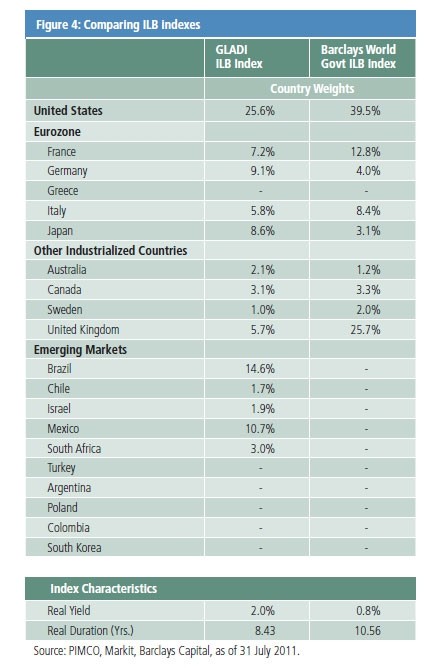What Is Currency Hedging in the Context of Bond Funds
Post on: 4 Июль, 2015 No Comment

You can opt-out at any time.
Please refer to our privacy policy for contact information.
In the context of bond funds. currency hedging is the decision by the portfolio manager to reduce or eliminate the fund’s exposure to the movement of foreign currencies. This is typically achieved by buying futures contracts or options that will move in the opposite direction of the currencies that the fund holds.
The best way to understand currency hedging is to look at an example. Say a fund manager wants to buy one million U.S. dollar’s worth of bonds issued by the Canadian government, but he or she has a negative outlook on the Canadian dollar. The manager can buy the bonds, then “hedge” the currency by buying an investment that moves in the opposite direction of the Canadian dollar. If the currency falls 5%, the hedge gains 5% and the net effect is zero. On the flip side, if the currency gains 5% the value of the hedge will fall by 5%. Either way, the impact of the currency is neutralized.
Why is this important? Again, an example provides the best illustration. Using the same example from above, say that a year later the Canadian government bonds are unchanged in price, meaning no gain or loss in the value of the position. If the value of the Canadian dollar falls by 5%, however, the investor will see the value of the $1 million U.S. dollar position fall to $950,000 even though the value of the bonds themselves is unchanged. The reason for this is that the investor must exchange the U.S. dollars into Canadian dollars in order to make the purchase. By hedging, the manager removes the risk of being hurt by unfavorable currency movements.
Currency Hedging at Work
Hedging is typically employed in two ways. First, a manager can hedge “opportunistically.” This means that the manager will own foreign bonds in his or her portfolio, but only hedge the position when the outlook for certain currencies is unfavorable. In a simple example, the manager has invested 20% of the portfolio in five countries: Germany, the United Kingdom, Canada, Japan, and Australia. The manager has no opinion on the majority of the underlying currencies, but he or she has an extremely negative view on the Japanese yen. The manager can opt to hedge only the position in Japan and maintain the hedge until he or she takes a more favorable view on the yen. You will often see this referred to in fund literature as “tactical” currency hedging.
The second way hedging is used is in funds that are hedged as part of their mandate. Typically, the term “hedged” will even be used in the name of the fund. In these cases, every position is hedged so the fund has no foreign currency exposure whatsoever.

What Difference Does it Make in Terms of Fund Returns?
The difference can actually be substantial in the short term. Currencies can make large moves in relatively short periods of time, so there can be substantial gaps between the performance of hedged and non-hedged portfolios in any given calendar quarter or year. On a longer-term basis, however, the difference may not add up to much since developed-market currencies aren’t the type of asset that provides long-term appreciation.
Choosing Between Hedged and Unhedged Foreign Bond Funds
Theoretically, an investor can choose a hedged or unhedged fund on the basis of recent currency movements. For example, if the dollar had been performing particularly poorly in the previous year (meaning that it would be more likely to recover in the year ahead, equating to a loss in value for foreign currencies), an investor may see better performance from a hedged portfolio. In practice, however, predicting currency movements is next to impossible for the average person. Instead, consider your own risk tolerance. Unhedged portfolios typically will experience higher volatility, while hedged portfolios will provide smoother results. And in the case of funds that hedge “opportunistically” or “tactically,” look at their track record. If the fund has demonstrated consistent underperformance, clearly their approach isn’t working.
To learn more about the impact of currencies on the performance of bond funds, see my article How Does a Strong Dollar Affect International Bond Funds?














